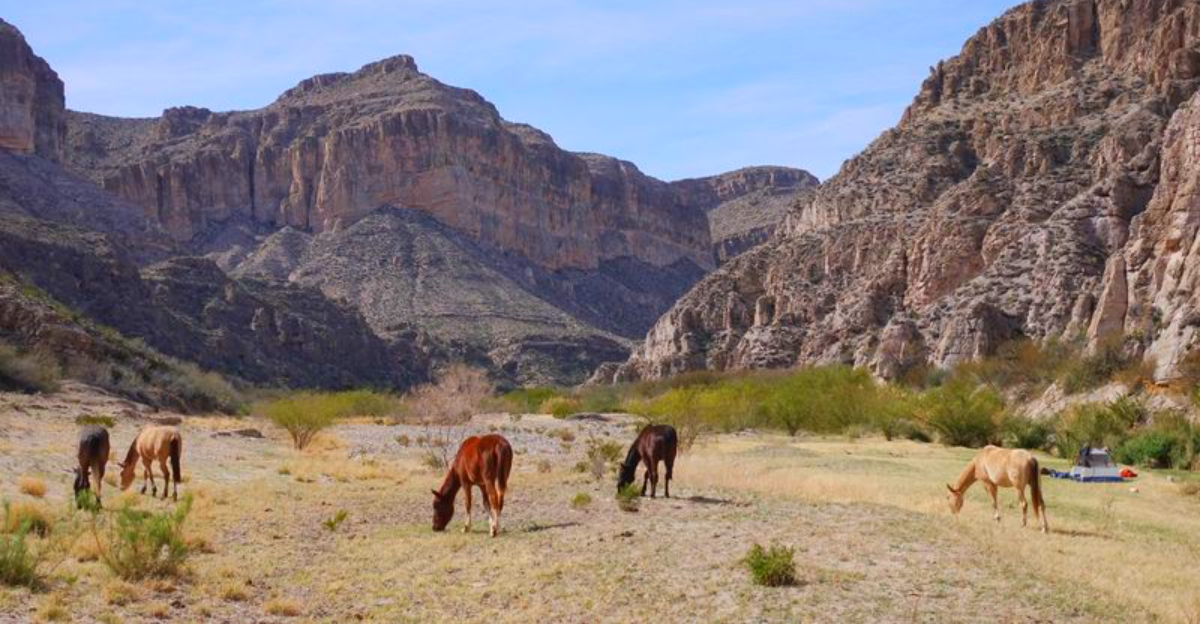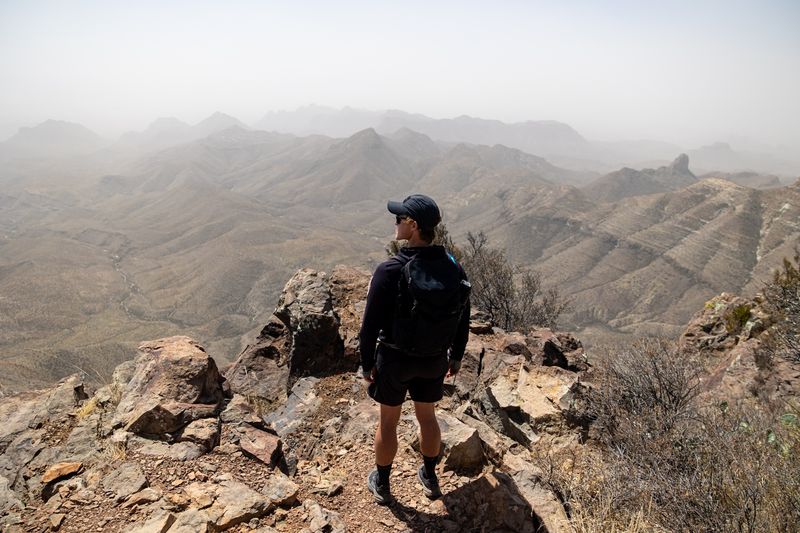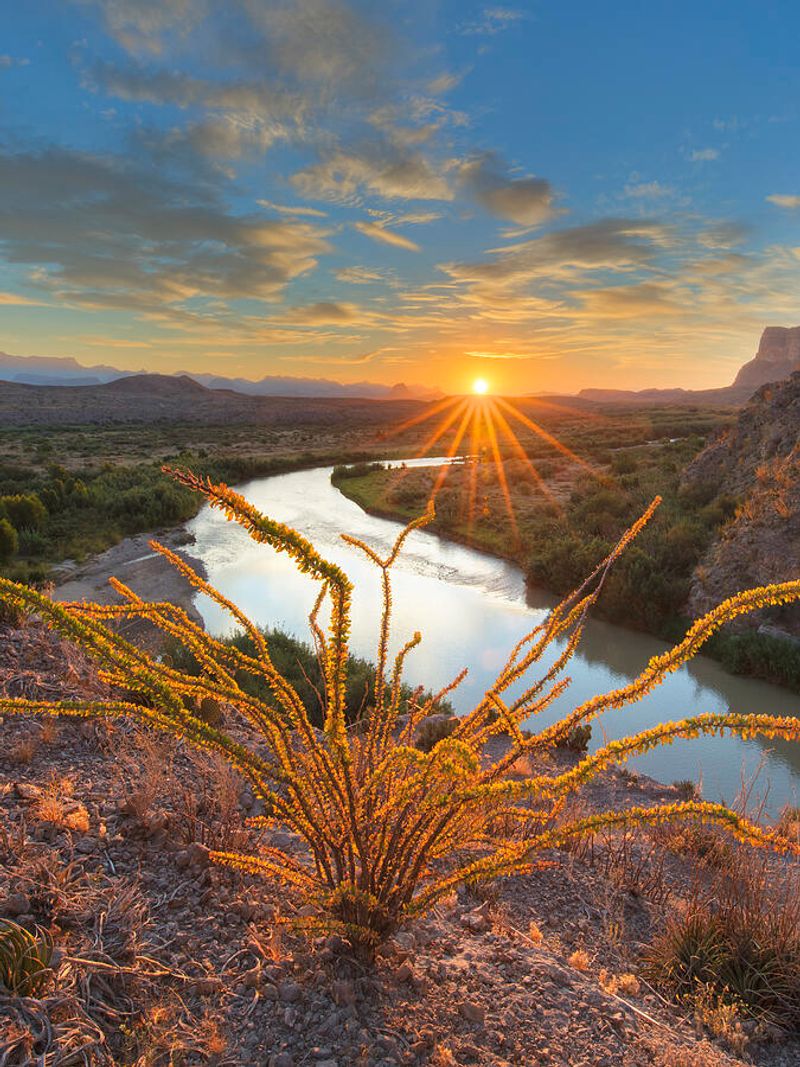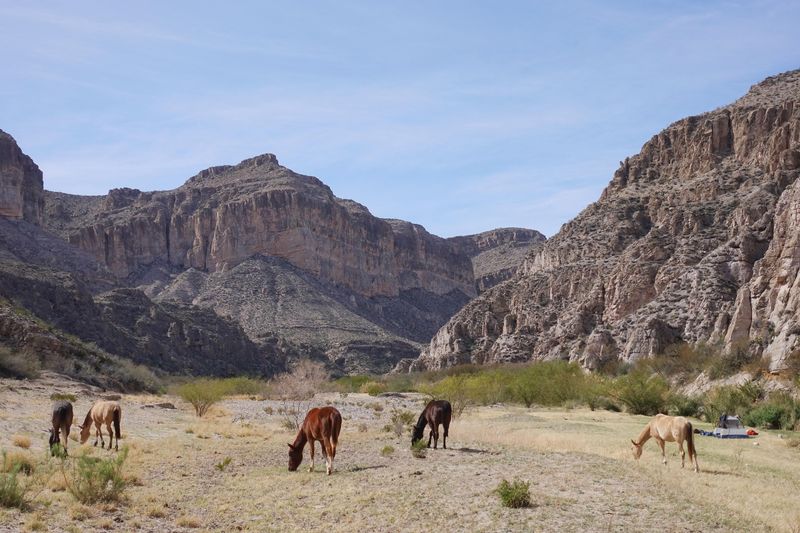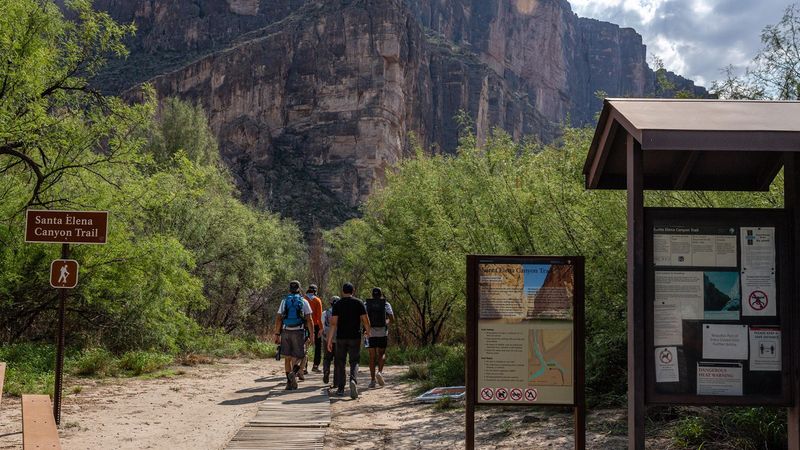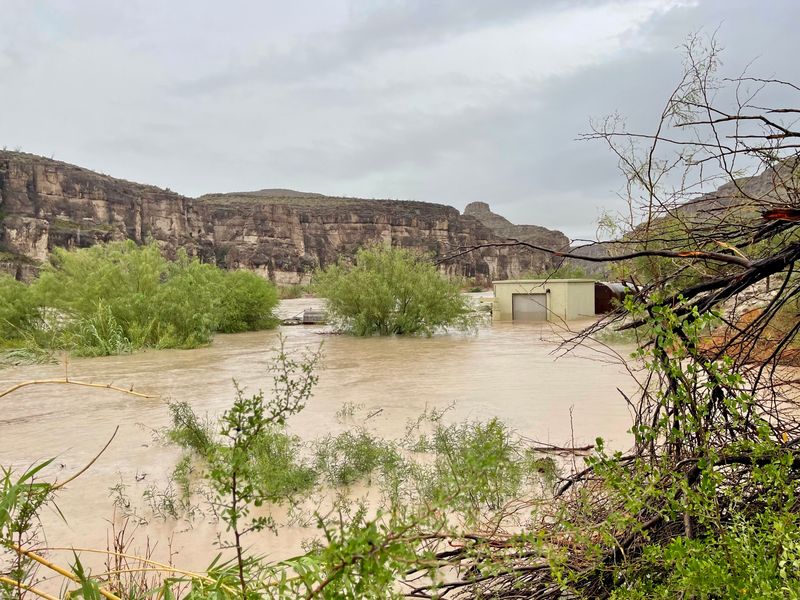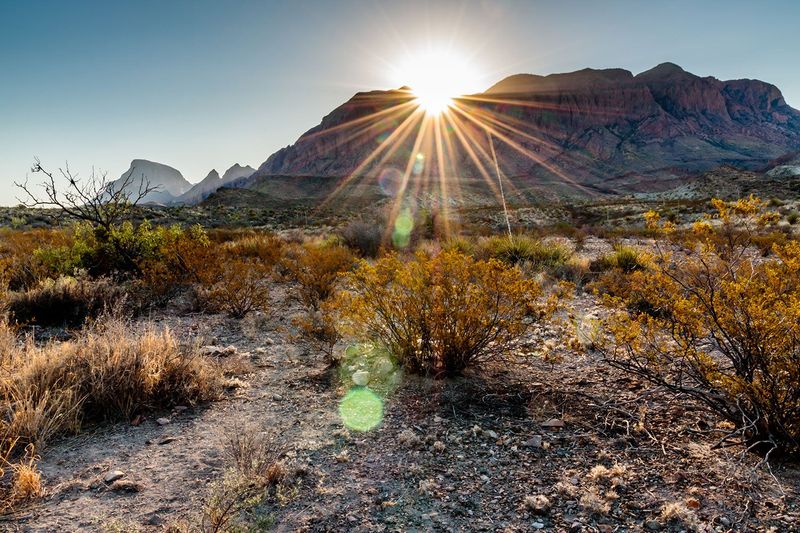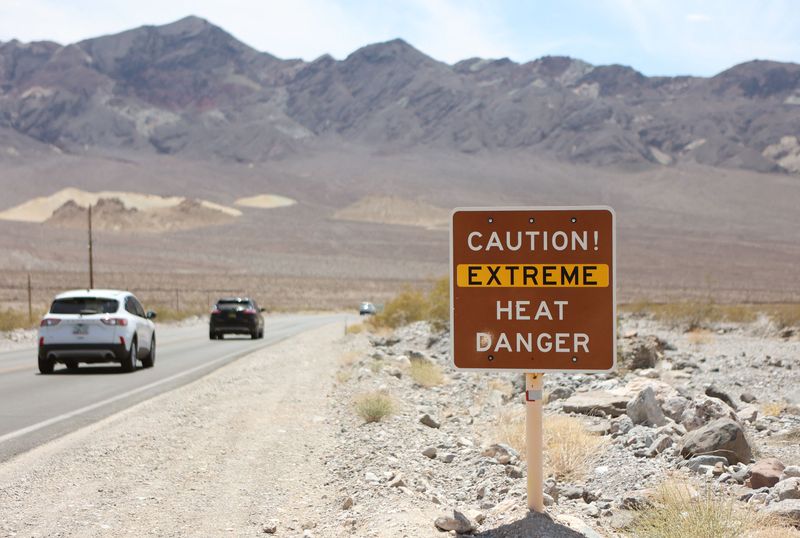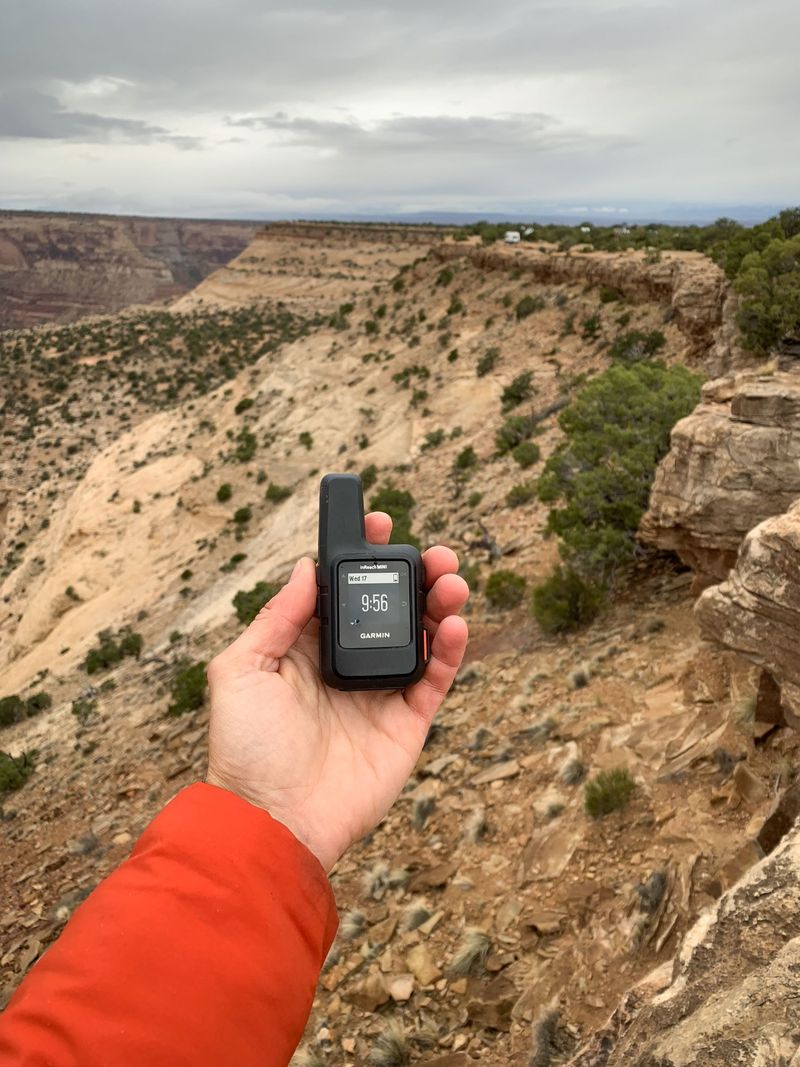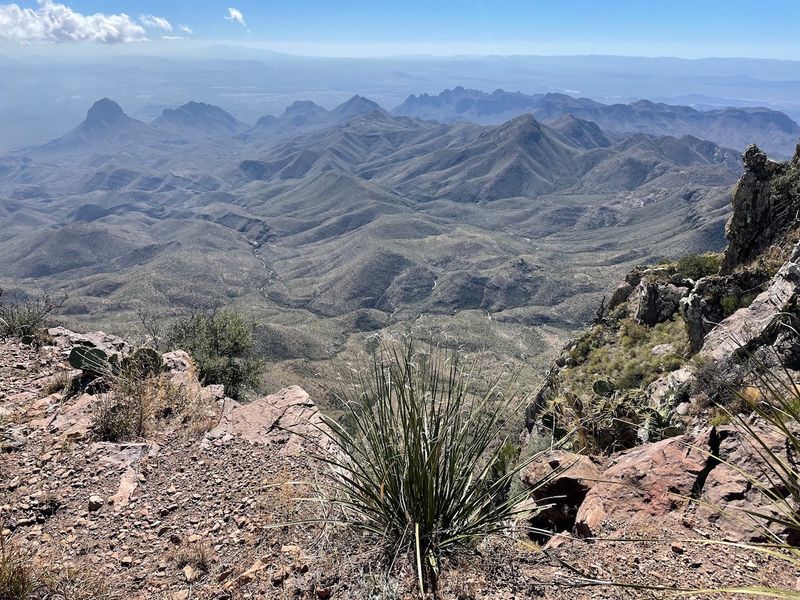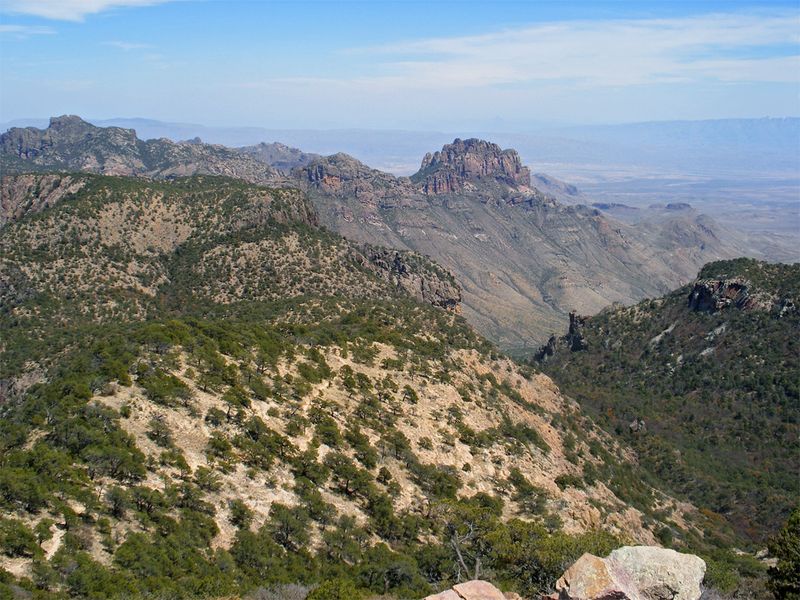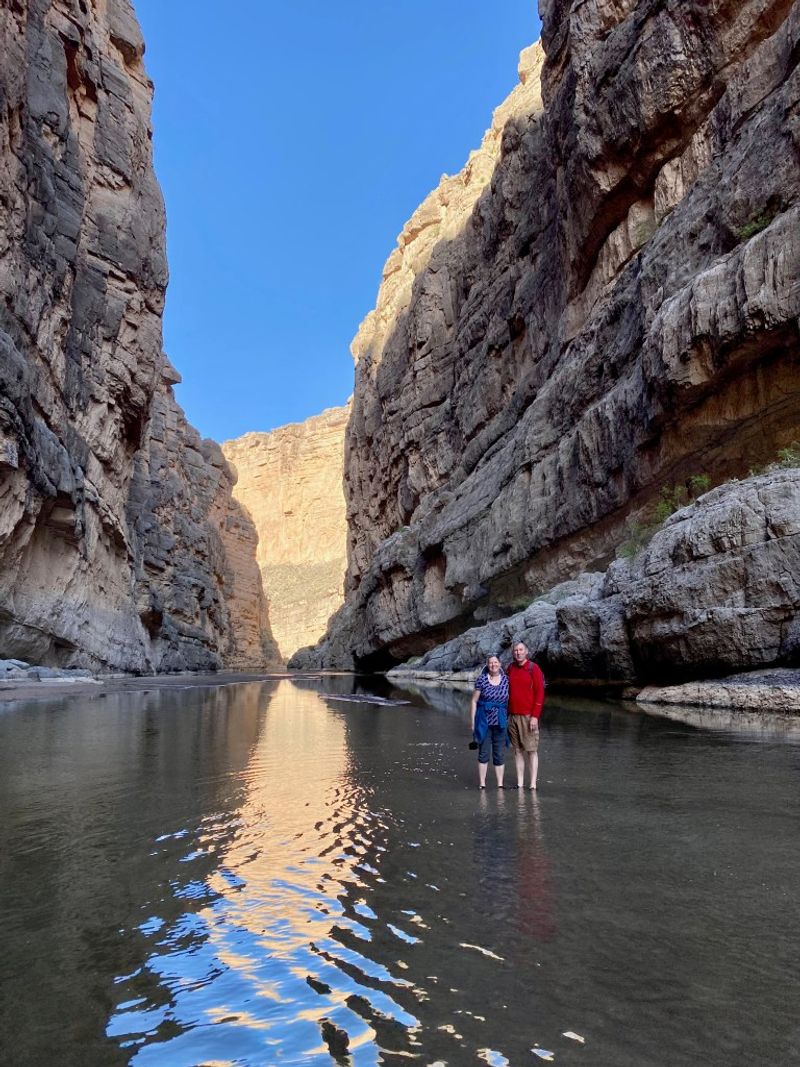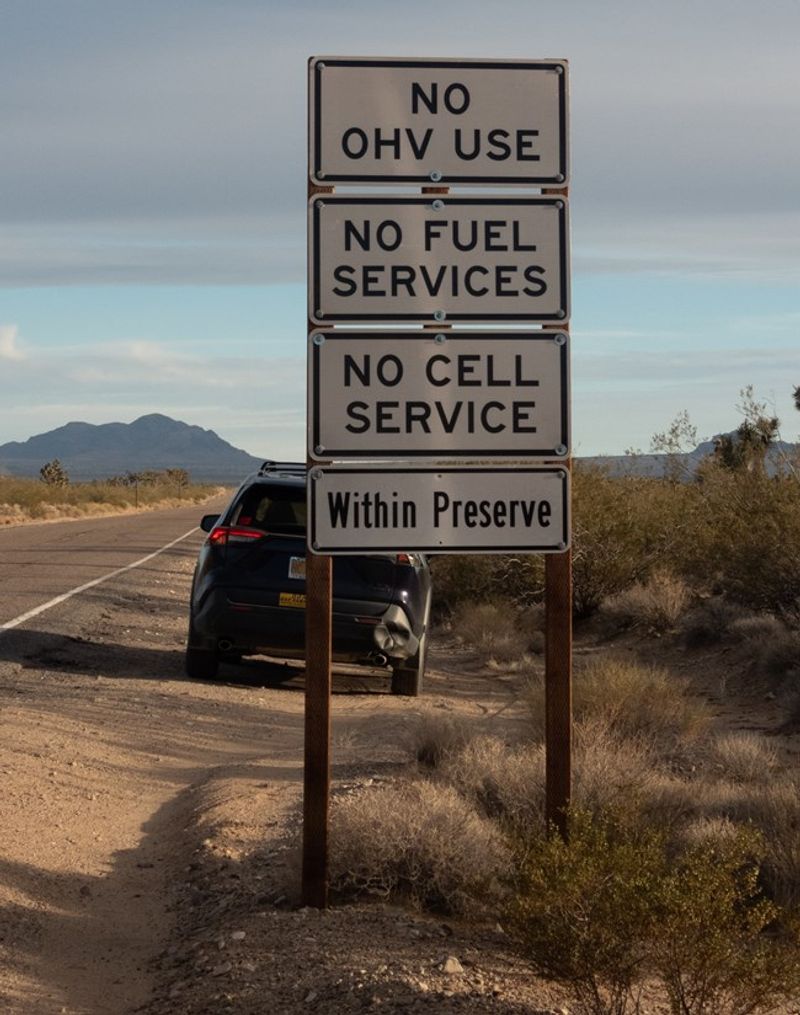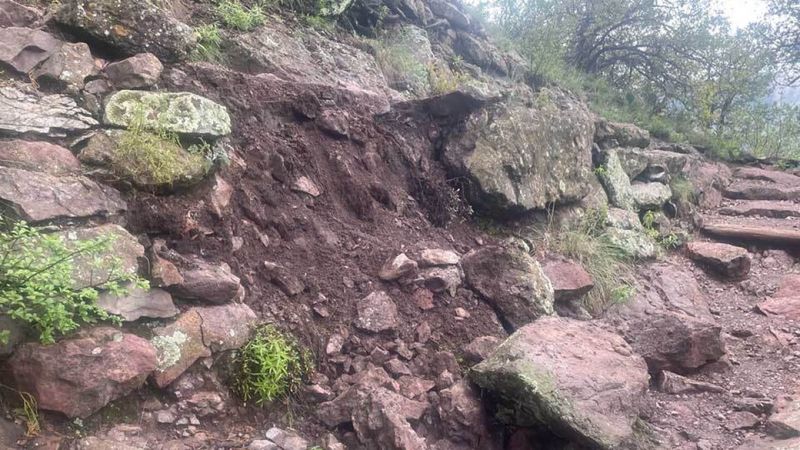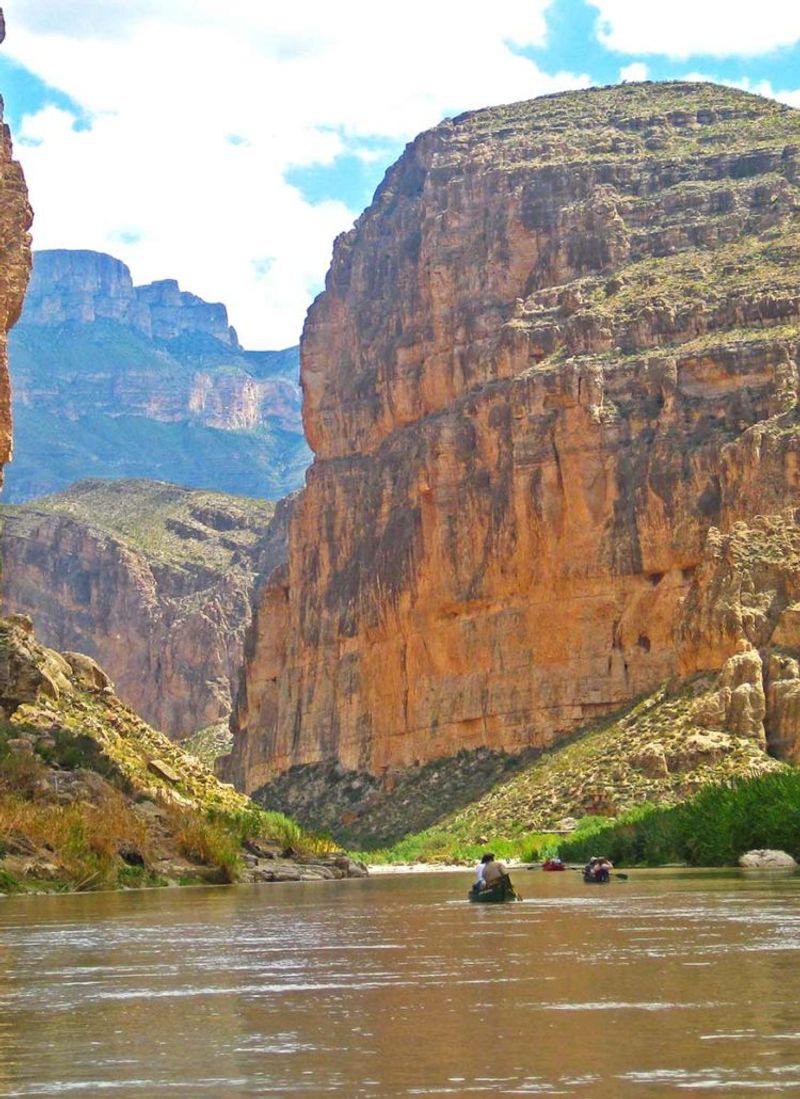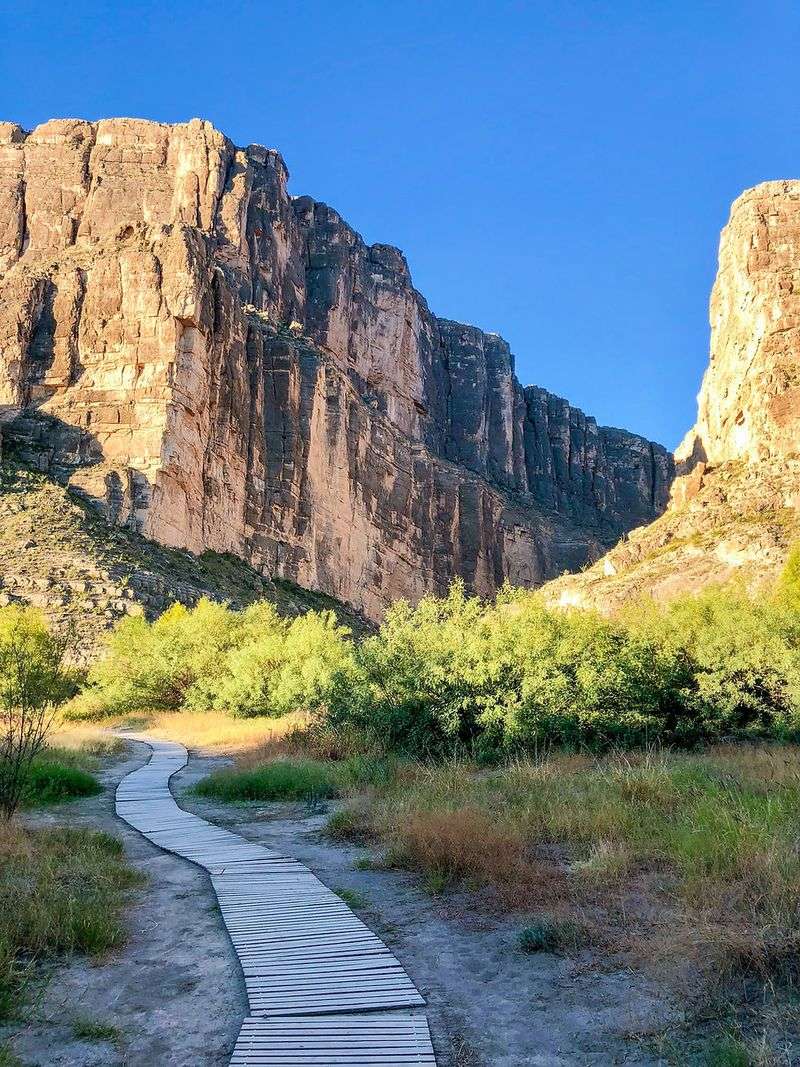Big Bend National Park in Texas holds some of the most stunning desert landscapes in America, but it has also earned a dangerous reputation. The remote canyons, brutal heat, and rugged trails have claimed lives over the years, making preparation absolutely critical. Whether you’re planning your first desert adventure or you’re a seasoned hiker, these fifteen smart tips will help you stay safe while exploring this beautiful but unforgiving wilderness.
1. Carry (at least) 1 gallon of water per person per day
Desert air pulls moisture from your body faster than you realize. The National Park Service sets one gallon per person per day as the absolute minimum, not a suggestion.
Your body loses water through sweat and breathing in the dry climate, even when you don’t feel particularly thirsty. Dehydration can sneak up within hours, causing confusion, weakness, and dangerous heat illness.
Pack electrolyte tablets or salty snacks alongside your water supply. These help replace the sodium and minerals you lose through sweating, keeping your body functioning properly during strenuous canyon hikes in intense heat.
2. Avoid the midday furnace
Between April and September, midday temperatures in Big Bend regularly soar above 100 degrees Fahrenheit. This extreme heat window has contributed to multiple fatalities over the years.
Plan your canyon hikes for dawn or late afternoon instead. Early morning offers cooler air, beautiful light, and wildlife sightings, while evening hikes let you watch the desert sunset from dramatic viewpoints.
Timing matters more than fitness level in desert environments. Even experienced athletes struggle when the sun reaches its peak intensity, so embrace the early alarm clock and enjoy safer, more comfortable adventures.
3. Respect the Marufo Vega Trail
This fourteen-mile route delivers spectacular Rio Grande views but comes with a deadly serious warning from park officials. Zero water sources, zero shade, and full sun exposure make it genuinely dangerous during warm seasons.
Multiple tragedies have occurred here when hikers underestimated the harsh conditions. The National Park Service explicitly cautions against attempting Marufo Vega except on cool days with very early starts.
If you’re visiting during warmer months, choose shorter canyon alternatives instead. Santa Elena Canyon offers stunning scenery with far less risk, and you’ll actually enjoy the experience rather than fighting for survival.
4. Check park Alerts & Conditions before you go (and again that morning)
Trail access changes rapidly at Big Bend, especially around Santa Elena Canyon where creek crossings depend on recent rainfall. What was passable yesterday might be impassable today.
The National Park Service updates conditions regularly on their website and at visitor centers. Road closures, mud hazards, and high water levels get posted as soon as rangers assess them.
Make checking alerts part of your morning routine before driving to trailheads. Terlingua Creek crossings can shift from dry sand to dangerous currents overnight, and attempting a closed crossing has stranded multiple visitors requiring expensive rescues.
5. Watch the weather and river forecasts for flash floods
Summer monsoons can transform the Rio Grande from a gentle river to major flood stage within hours. Recent storms have forced the National Park Service to close entire sections of the park after sudden surges.
Flash floods are particularly deadly in slot canyons and dry riverbeds. Water from storms miles upstream funnels into narrow channels, creating walls of water with almost no warning.
Check weather forecasts for the entire upstream region, not just your immediate location. If storms are predicted anywhere in the watershed, stay completely out of canyons and low-lying areas until conditions clear.
6. Know the “10 Essentials” and desert extras
Navigation tools, headlamp, sun protection, first aid supplies, knife, fire starter, emergency shelter, extra food, extra water, and extra clothing form the classic outdoor safety foundation. Big Bend demands you add desert-specific items too.
Wide-brim hats protect your neck and ears from relentless sun. Electrolyte tablets prevent dangerous mineral depletion that plain water can’t fix alone.
Pack these essentials even on short hikes. Remote canyon environments magnify small problems into emergencies, and having the right gear means you can handle unexpected delays or wrong turns without panic.
7. Pace yourself; heat illness can sneak up fast
Outdoor safety experts emphasize flexible schedules when hiking Big Bend’s canyons. Pushing through early warning signs of heat illness has led to tragic outcomes for visitors who felt they needed to complete their planned route.
Dizziness, muscle cramping, headaches, or unusual fatigue signal your body is struggling. Stop immediately, find shade, drink water with electrolytes, and cool down before deciding whether to continue.
There’s zero shame in turning back early. The canyon will still be there on your next visit, but heat stroke can cause permanent damage or death within minutes once it progresses.
8. Don’t count on cell service—carry a beacon if you go remote
Large sections of Big Bend offer spotty or nonexistent cell reception. Remote backcountry areas can leave you completely cut off from communication for days.
Personal locator beacons and satellite messengers connect directly to rescue satellites, bypassing the need for cell towers. They can literally save your life when injury or illness strikes far from help.
The National Park Service strongly recommends these devices for backcountry travelers. They cost less than a hospital evacuation and provide peace of mind for both you and the people who care about you back home.
9. Tell someone your plan and turnaround time
Share your specific route, trailhead, and latest expected return time with a reliable friend or family member. This simple step becomes critical when something goes wrong in remote terrain.
Big Bend’s vast distances and difficult terrain mean rescues take considerable time even after someone reports you missing. The sooner searchers know where to look, the better your chances.
Include backup plans in your communication. If you mention you might try an alternate trail, rescuers won’t waste precious hours searching the wrong canyon while you need help elsewhere.
10. Mind footing on exposed canyon trails
Falls rank among the leading causes of death in canyon parks nationwide. Big Bend’s rocky limestone surfaces and narrow trail benches demand constant attention and proper footwear.
Loose gravel on sloped rock creates treacherous conditions, especially when you’re tired or distracted by spectacular views. One wrong step near an edge can result in fatal falls.
Wear hiking boots with good ankle support and aggressive tread. Take your time on exposed sections, use trekking poles for stability, and save the photography for wider, safer spots along the trail.
11. Treat every creek crossing as dynamic
Santa Elena Canyon’s approach requires crossing Terlingua Creek, which transforms constantly. Dry sand one day can become thigh-deep mud or swift water the next, depending on recent rainfall.
Never assume conditions match what you read online or heard from other hikers days earlier. Creek dynamics shift rapidly in desert environments after storms.
Ask a ranger about current crossing conditions before attempting the approach. They receive regular updates from field staff and can tell you whether it’s safe or if you should choose an alternative destination today.
12. Drive desert-ready
Carry extra water specifically for your vehicle, not just for drinking. Overheated engines happen frequently on Big Bend’s isolated dirt roads during summer months.
Breakdowns in extreme heat can turn dangerous quickly when you’re miles from help. Your car becomes an oven without air conditioning, and walking out isn’t a safe option.
Check your spare tire, coolant levels, and fuel before heading down remote roads. Pack emergency supplies including water, food, and shade materials in case you need to wait hours for assistance.
13. Respect temporary closures and detours
After July floods, roads and trails around Santa Elena and Boquillas areas experienced intermittent closures. These aren’t suggestions or recommendations—they’re mandatory safety measures.
Closed areas often have hidden dangers like undermined trails, unstable ground, or ongoing flood damage that isn’t visible from the approach. Rangers close access to protect visitors from serious injury.
Heed current barricades and signs even if you see tracks beyond them. Other people’s poor decisions don’t justify risking your safety, and violating closures can result in citations and fines.
14. Choose season and time wisely
Peak hiking months run from late fall through spring when temperatures moderate to comfortable ranges. These cooler months offer the safest and most enjoyable canyon exploration experiences.
Even winter desert air dehydrates you quickly, though, so consistent water intake remains important year-round. The dry climate pulls moisture from your body regardless of temperature.
Summer visits require extreme caution and conservative planning. If you must visit during hot months, stick to very short trails during early morning hours and spend midday at air-conditioned visitor centers.
15. New to desert hiking? Start shorter than you think
Big Bend’s remoteness magnifies every mistake. What might be a minor inconvenience on a popular trail near civilization becomes a serious emergency in isolated desert canyons.
Warm up with easy canyon overlooks or short river-access trails before committing to long loops. These starter hikes let you gauge how your body handles desert conditions.
The National Park Service encourages conservative trip planning, especially for desert newcomers. Building confidence gradually keeps you safe while you learn to read your body’s signals in this unique environment.
